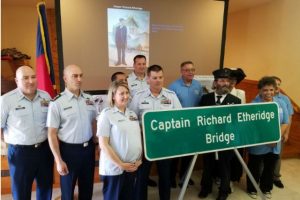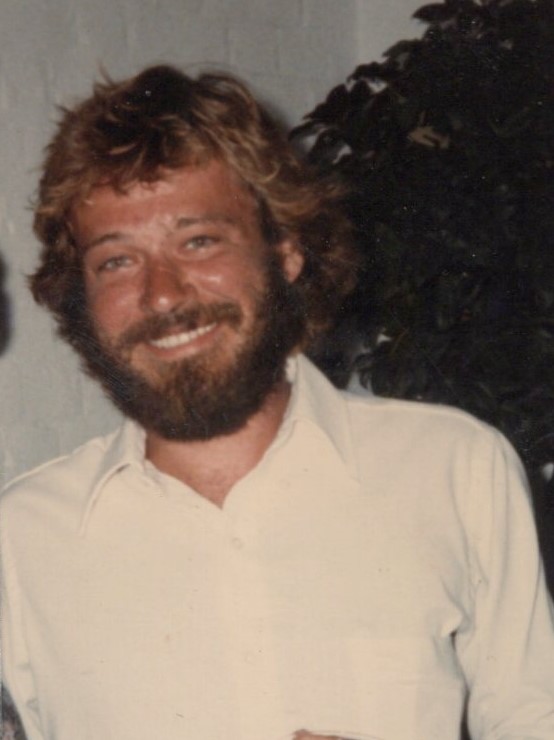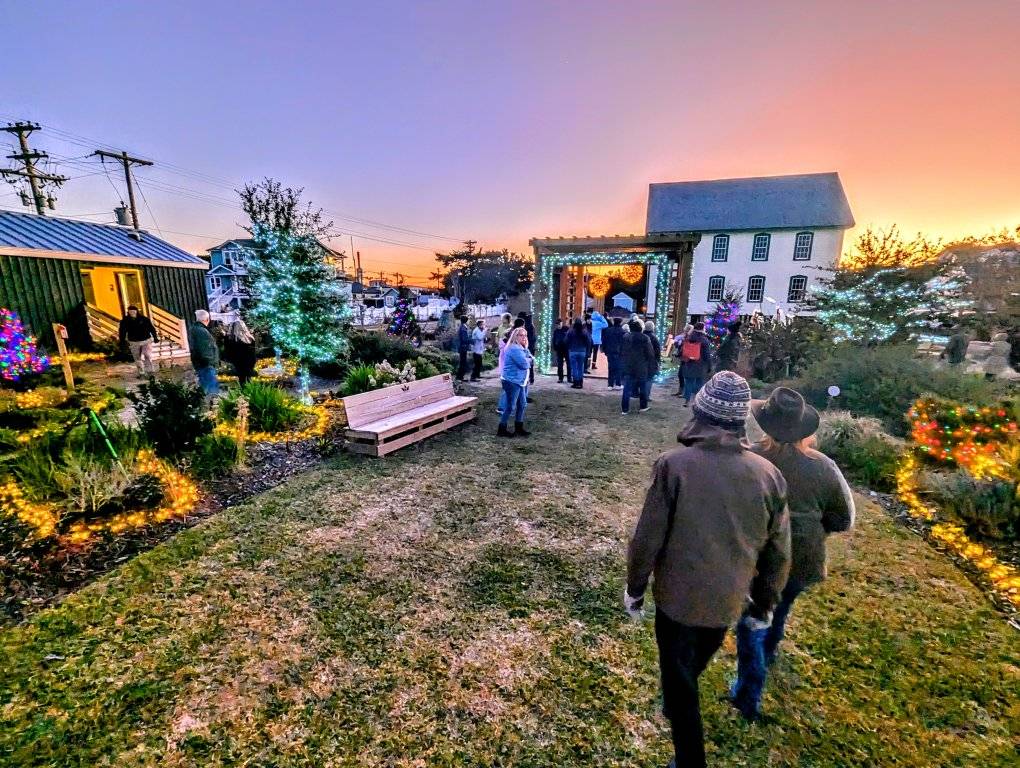An interview with “Keeper James” Charlet on Oregon Inlet, local history, and his upcoming new book

James D. “Keeper James” Charlet is an authority on the US Life-Saving Service on North Carolina’s iconic Outer Banks. He contributes to local and national media, (including the Island Free Press), and hosts Keeper James Presentations TM which is a series of live programs presented by historians, historical interpreters, and performers. Charlet is also a dedicated advocate for saving the 1898 Oregon Inlet United States Life-Saving Service Station.

Author of Shipwrecks of the Outer Banks: Dramatic Rescues and Fantastic Wrecks in the Graveyard of the Atlantic, Charlet recently announced that there will be a second volume of the popular book, which is scheduled for release in April 2025.
The following is a Q&A with Keeper James on his passion for the history of the Outer Banks, his work to preserve the Oregon Inlet Life-Saving Station, and what to expect in his new book when it hits the shelves in a little more than a year.
How did you become fascinated with the Life-Saving Service (LSS)?
When I moved to the Outer Banks in the early 1990s, my first job was as a Seasonal Park Ranger at the Cape Hatteras Lighthouse. They gave me eight programs and one week to learn them. One program was to participate in something called the “beach apparatus drill” at a decrepit old building way up in Rodanthe. This used to be part of something called the United States Life-Saving Service, which I had never heard of either. The learning had started.
When did you realize that this history needed to be spread?
I started to volunteer at the Chicamacomico [Life-Saving] Station. The stories and facts were fascinating. They became addictive. I had to keep finding out more; there was so much to learn. I was initially amazed by two things: First, just how big and amazing this history was. Second, I realized that it was basically unknown to most Americans. That became the motivation for my mission.
How (and when) was the persona of Keeper James officially born?
For ten years (2005-2015), I was the Site Manager at Chicamacomico. We had limited help and I had to do a lot to run the station daily. One of my retired Coast Guard friends visited often, and he always greeted me as “Keeper.” Like everyone else, all my life I knew the keeper was the guy in charge of the lighthouse. Now I found out the Life-Saving Service officer in charge of the station was also called the keeper. I liked that. I was the Keeper!

What do you love about giving live presentations and sharing the history of the LSS with people who are unfamiliar with this local history?
For years, I kept saying “The United States Life-Saving Service is one of the least-known yet is also one of the most fascinating and inspirational aspects in all of America’s storied history.” I did hundreds of live programs over the years. Invariably, the overwhelming reactions were “Wow, I never knew about that!” Their obvious appreciation was my reward.
How did the first Shipwrecks of the Outer Banks book come to fruition?
I kept telling the same story over and over again at “Chico.” But this history was huge. And unknown. And, to me, worst of all, was about some of the bravest – real – heroes in all of American history, who were unrecognized. These were not what kids today call heroes – they were not ball game players or singers or actors – these were life-and-death saving heroes. I had to spread that story, so I gave that story a name: “America’s Forgotten Heroes.”
So, I resigned from Chico and started writing these stories. At first, just for the local media. Island Free Press was one of my biggest outlets! When I had a dozen or so of these done, a published author friend suggested that I approach her publisher. The rest, as they say, is history!
What notable new things/events/stories did you discover while writing the first book?
The biggest surprise to me was just how much information was available. Most of it was official, detailed government records, all in the public domain. Tons of it. I quickly realized that one volume would never be enough.

What was the process for writing the first book, and how long did it take?
The writing was the fun part. I already had quite a few chapters done text-wise. The rest I wrote mostly from my head, having learned so much of the basics. Then, reading the “flowery language” of the times was fun and challenging. Writing was the quickest part. The hard part was getting all the graphics and the tedious editing that followed. All together, about two years.
What did you think about the response to the first book?
I was stunned. I did not think it would be that big. It was extremely satisfying.
How did you know that a second book was required to continue the story?
The silver-lining of COVID-19 for me was Book Volume I was released that very month. With the world shut down, I isolated myself and just kept on writing. I completed the 27 chapters that year and just saved it. Finally, we could promote the first book. It did so well, it was time to submit Volume II. Meanwhile, I have been writing chapters for Volumes III and IV! Hopefully, a television series might follow.
What fostered your drive to save the Oregon Inlet Life-Saving Station?
Like many Outer Bankers and most Hatteras Islanders, we hated to see it just sit there and deteriorate. We all knew it could serve a higher purpose as well as benefit our nearly three million annual Cape Hatteras National Seashore visitors. But nobody was doing anything. When I discovered that the official plan was to cut it up and move it to Manteo, I had to take action. I have formed a nonprofit, but I will need lots of help.
What do you need to realize your ambitions for the Old 1898 Oregon Inlet Life-Saving Station?
The leadership of a strong Board of Directors, public support against the move, and serious funding. My goal for that is to raise $18.98 million for that 1898 station!
If someone only reads a few snippets of a press release article, or a short overview/snippet of your books, what do want them to know/retain, more than anything else?
That in their time, 1871 to 1915, in mostly violent storms, the surfmen of the United States Life-Saving Service responded to over 178,000 lives in peril on the sea, of which they saved OVER 177,000! That America’s Forgotten Heroes of the United States Life-Saving Service were the direct predecessors of today’s United States Coast Guard.


























